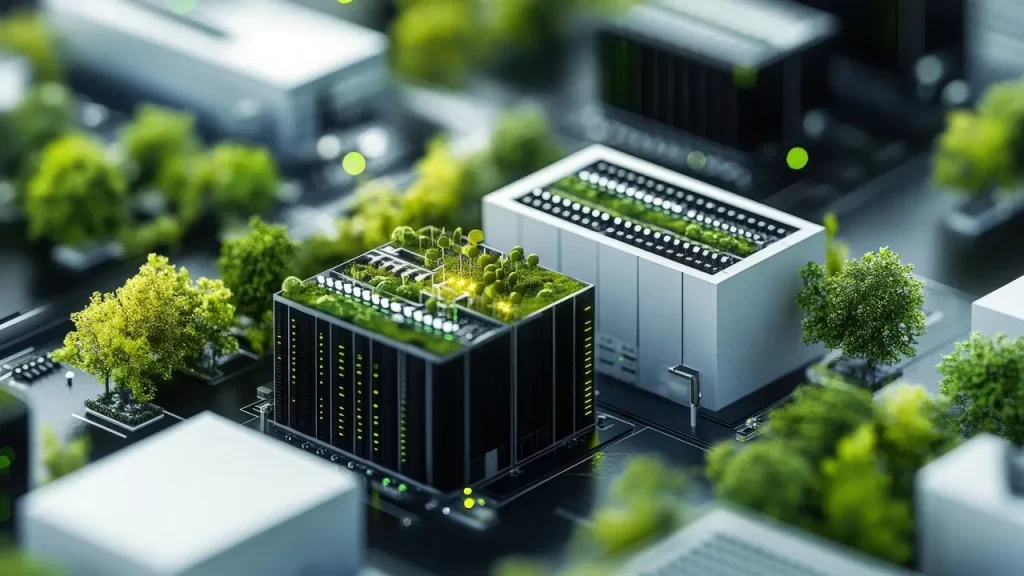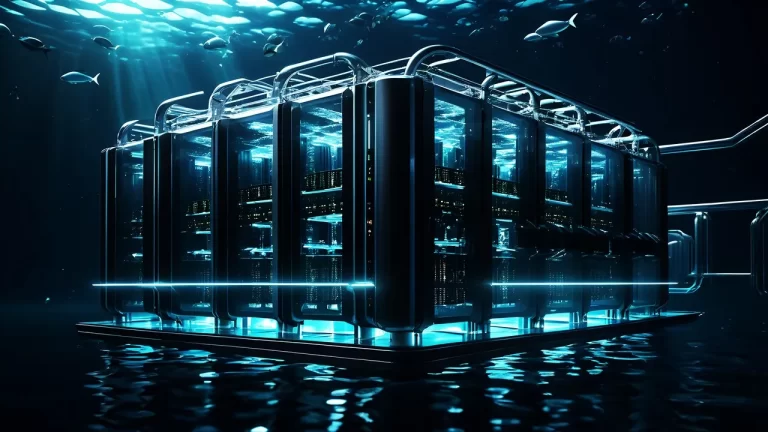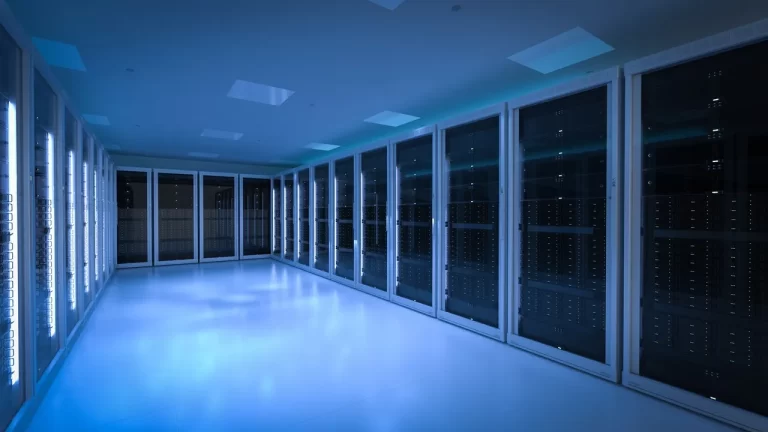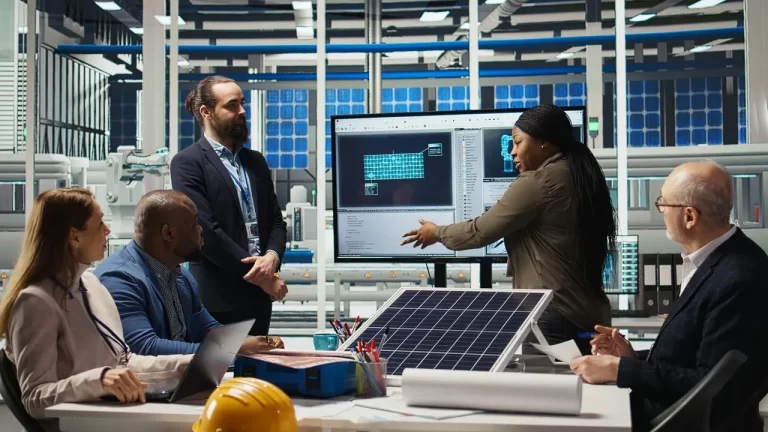In the present-day world of computers and advanced Internet technologies, it takes more and more electrical energy to fulfill the needs of all the hidden base systems. A conventional data center has been an important component of the Information Technology infrastructure in the past; however, these have a very adverse impact on the environment. These organizations have shifted to a wiser and environmentally friendly approach, which is the virtual data center in cloud computing. This is not just a question of improving the bottom line but of understanding the different models of sustainability for technology.
What Is a Virtual Data Center?
A virtual data center therefore requires a collection of computer resources in computing shared infrastructure services including storage, computing, and networking all of which are isolated from hardware through virtualization. It is virtually a Copy of a physical data center but gives the services through the cloud rather than through services provided physically. This means that instead of large units of servers utilizing large electricity and space, a business can now operate their virtual machines with optimized resources.
These are among the servers that comprise cloud-based infrastructures for data centers that allow organizations to grow easily but require fewer physical resources. It is very important in contemporary data center design in cloud computing where flexibility, speed, and efficiency in addition to the ability of storage are important.
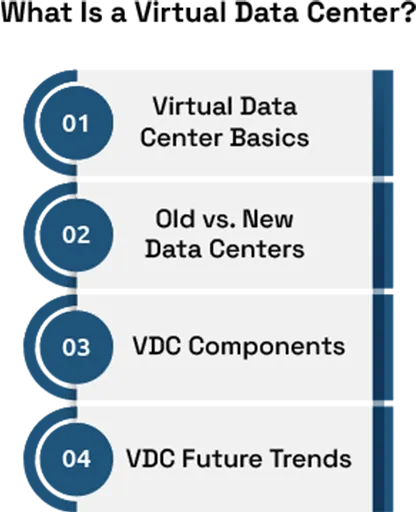
The Energy Advantage
So, how does a virtualized setup reduce energy usage?
The key lies in resource optimization. Physical data centers often operate underutilized with servers running at a minimal load but still drawing full power. In contrast, the virtualization of data centers in cloud computing allows multiple workloads to run on a single physical machine, maximizing efficiency. This translates into lower energy usage, reduced cooling requirements, and decreased hardware needs.
Public and private cloud computing centers alike are leveraging this approach to meet data center sustainability trends. By using fewer servers to do more work, companies can significantly shrink their carbon footprint.
Role of Virtualization in Cloud Efficiency
Virtualization isn’t just a feature; it’s a revolution. It enables the deployment of virtual machines that simulate computing environments without dedicated physical hardware for each application. This directly reduces hardware usage and power draw.
Combined with intelligent scheduling and management tools like Grok AI, data center managers can predict and optimize workloads dynamically. Instead of idle servers draining energy, resources are spun up or down as needed, driving down consumption and costs.
Furthermore, cloud networking understanding cloud based data center networks enables smarter traffic routing and storage, minimizing redundant power use across data highways.
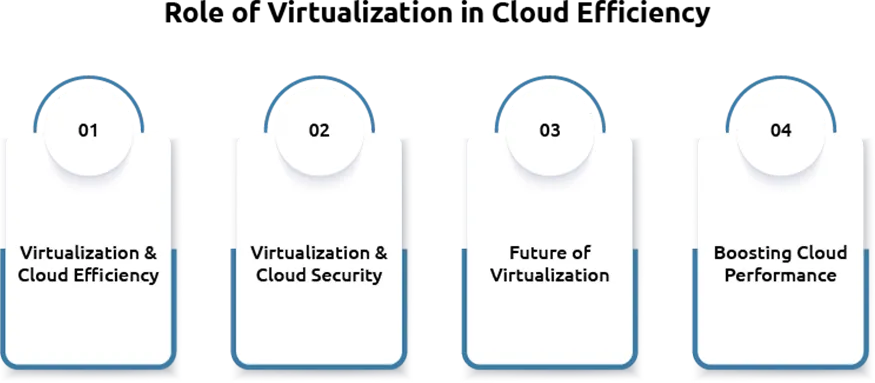
The Evolution of Data Centers
With cloud computing rapidly evolving, data centers and cloud computing strategies are merging into cohesive models focused on sustainability and scalability. The modern cloud data center in cloud computing isn’t bound by walls or wires—it’s distributed, efficient, and dynamic.
Today’s datacenters in cloud computing use cutting-edge tools to manage and monitor energy usage in real time. Whether it’s AI-powered cooling systems or smart provisioning of workloads, every decision is aimed at reducing energy waste.
The rise of cloud computing data center ecosystems has also contributed to broader data center industry trends, such as edge computing and hybrid cloud models, both of which help reduce latency and power consumption by processing data closer to where it’s generated.
Cloud Data Centers: A Future-Proof Solution
Shifting toward a virtualized data center in cloud computing ppt format doesn’t just save energy it creates a foundation for future innovation. Organizations gain flexibility to accept to growing data needs without expanding their physical footprint.
Furthermore, compliance with ESG goals becomes more achievable when energy-efficient infrastructure is in place. This is especially important as global attention increases on corporate sustainability.
From cloud computing centers in North America to expanding infrastructure in Asia-Pacific, data center trends are pointing clearly toward greener practices. The ability to scale efficiently without exponentially increasing energy use is the hallmark of a smart, responsible organization.
Challenges and Considerations
However it is important to note that virtualization is not the ultimate solution for the problems. To make this shift successful, certain guidelines must be followed, particularly with regard to data security and the IT staff. With new virtualization technology not all applications are well suited for this virtual world, especially for programs that need quick response and reduce delay.
Nevertheless, the advantages outweigh the difficulties that have been discussed above. With the technology increasing mature virtualization is available for even the small companies who are aiming at saving on overhead and carbon use.
Conclusion
Saving energy is no longer a business concern, it has become a moral responsibility across workplaces. Virtual data centers are considered to be the optimal solution that helps in adopting greener, smarter, and more efficient computing. Virtualization of data centers through cloud computing, virtual machines, and other technological features as well as artificial intelligence management tools help organizations to achieve excellent performance while protecting the environment.
As the data center industry trends develop and cloud computing data center solutions become the standard, energy efficiency will continue to be a guiding principle. The future of data centers and cloud computing is virtual, and it’s greener than ever.

